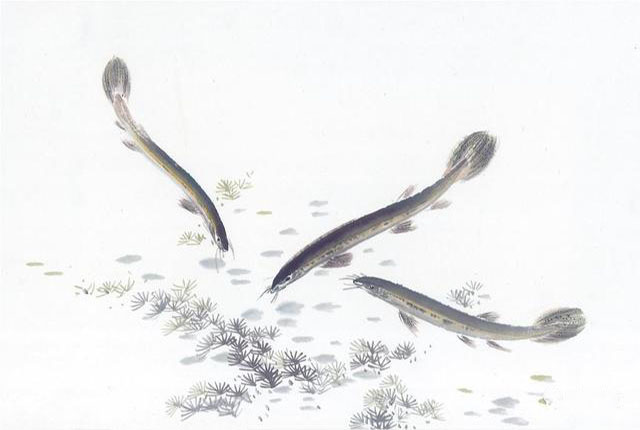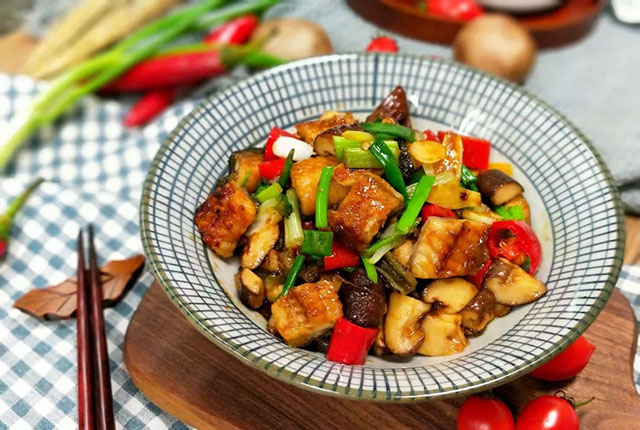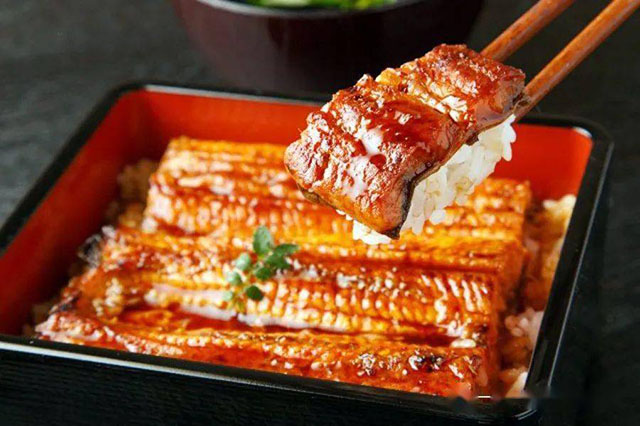The delicacy of eel is not unknown to Both Chinese and Japanese, but it refers to eel biologically belonging to the anguilla family, matsusho (UNAGI), and there are 23 species of eel in the world. The most classic Japanese eel rice is Anguilla japonica, or Anguilla japonicain Latin literature. However, with the rise of "eel fever" in China, some European eels and Australian eels have gradually entered the table.
Although eel is often associated with Japan, thanks to Japanese anime and manga, Chinese people have long recognized its delicacy. In China, eels are also called eel, snake fish, river eel and other names. They generally live in rivers and lakes and other freshwater basins. Every autumn, mature eels rush to the sea to breed and spawn, and in spring, young transparent eel seedlings return to fresh water from the sea. Since the Han Dynasty, eel, with its long, round body and rich meat, has won the love of gourmets. Compared with other fish, eel has fat, soft meat, strong taste and rich flavor, so it has been regarded as a first-class food.

The ancient Chinese once graded eels, and those with a pure white belly were called white eels. The bluish-black eels are called green eels, the lesser quality, and the lowest are yellow-brown eels, which do not usually have a chance to make it to the grand hall. It is recorded in the Biography of Han Poetry that the ancient people once called eel "food of gentleman", which shows its preciousness. During the Tang and Song dynasties, eel became more popular. At that time, eel was cooked with salt, scallions and sichuan peppercorns, which could be used as soup or cooked with rice, making it a delicacy at that time.

During the Qing Dynasty, white eel was treated as a treasure from north to south, and many records mentioned the delicacy of eel. Eel feast with eel as the main ingredients also began to become popular in the north, such as steamed eel, stewed eel, stewed eel, fried eel and other famous dishes. In addition to the common Chinese fried, eel can also be made into sausages, which is quite strange. The eel is boned and seasoned, then stuffed into sheep intestines, tied at both ends, and fried. As for "jangwo eel", the eel is marinated with seasonings and then cooked in a wok using wax gourd or eggplant as the base. There are dishes such as eel bean curd, eel noodles, stewed eel, etc. Eel has been perfectly integrated into Chinese food. The ancient people cooked eel mainly in a light way. The meat was delicious, and there was no need to add more oil to cover its original taste. It can be seen that compared with the Japanese food kabayaki, shirayaki, Chinese eel cooking is more diverse.

In Japan, eel has long been one of the upscale dishes. It is said that in the early days ordinary Japanese would not eat eel rice for no reason. Since ancient times, Japanese people have regarded eel as a spirit in the water, believing that eating eel can strengthen the body and improve the vitality of the body. Every summer, Japanese restaurants put up large signs with pictures of eels to announce the arrival of eel Festival. On this day, Japanese families eat eel to supplement their physical strength and vitality in summer. Today, the Japanese are the world's best eel-eaters, and eel rice has become Japan's name card to the world
The Japanese eel used in the Japanese diet is a type of river eel, and the larger eels are mostly conger eels. Therefore, high-grade Japanese stores generally choose river eel, which can ensure freshness and taste more than conger eel. Although the Japanese love to eat eel, there are only two ways to prepare eel, kabayaki and shirayaki. The former is wrapped in a special kabayaki sauce (soy sauce, flavor sauce, sugar, etc.) and roasted to taste, while the shirayaki is cut and roasted, or steamed and roasted.

But even in Japan, eels are cooked differently from region to region. In The Kanto region, eels are cut from the back, the Kansai region from the belly, and some regions have both. Kanto region after the first cut roast, central and western Japan directly take the lead roast; Kanto region steamed after baking, other areas directly baked; The Kyoto and Osaka areas are basically known as "kabayaki".
Eels are cut from the belly, roasted at the head (long roast), hung in a sauce and roasted once, then cut into the head and placed in a round or square bowl. In addition, the shapes and systems of eel knives used in different places are also different. However, standards for a good bowl of eel rice are similar everywhere. Eel should be roasted without any fishy smell, crispy outside and tender inside, with soft eel meat, dry and bright eel surface and refreshing and flavorful sauce. These are the qualities that a bowl of eel rice should have.